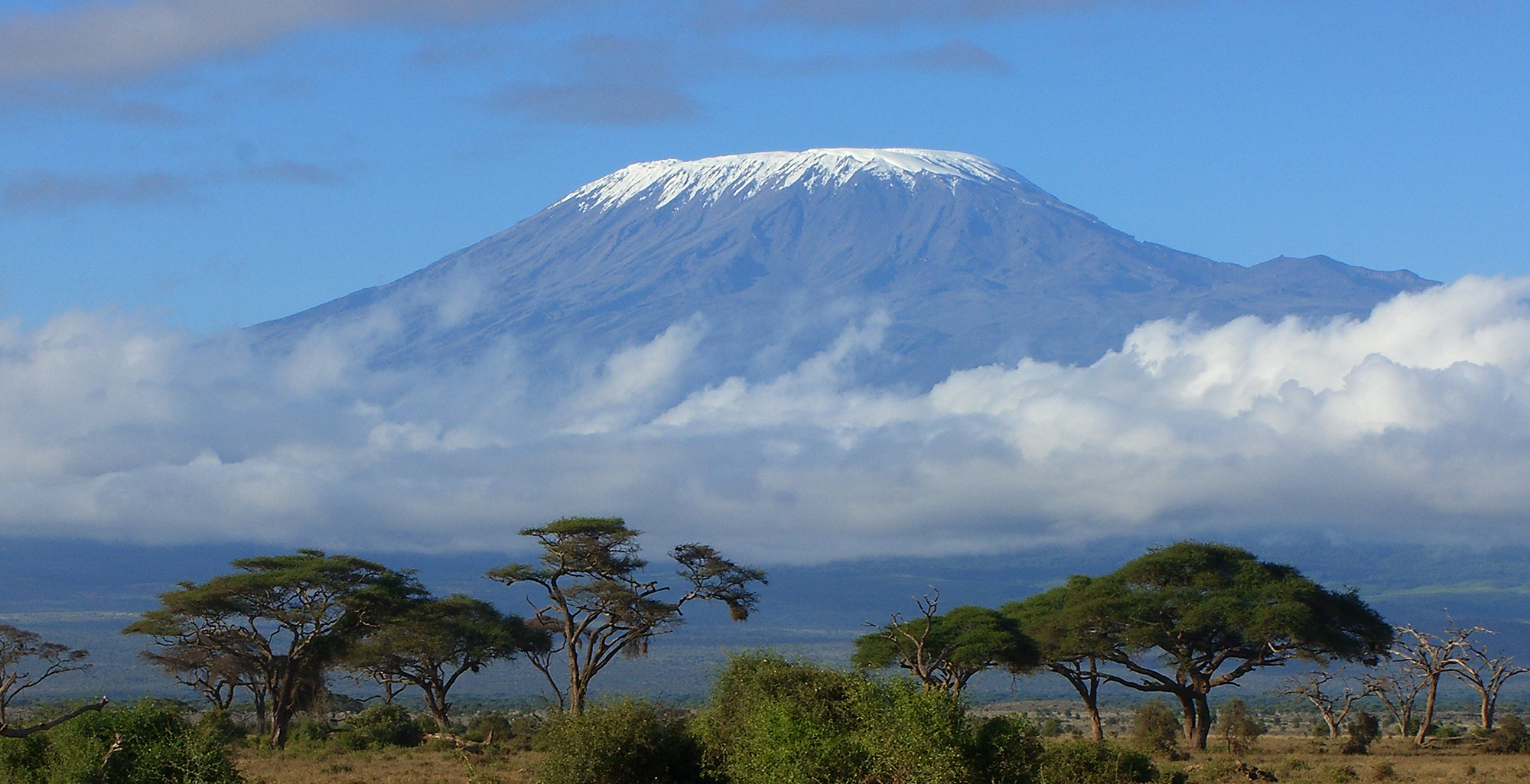masaharusato.com – Rising majestically above the African plains, Kilimanjaro is a mountain of immense beauty and stature. Standing as the highest peak on the African continent at 5,895 meters (19,341 feet), Kilimanjaro is a symbol of adventure, challenge, and the relentless pursuit of human endeavor. Located in Tanzania, this towering giant attracts climbers and adventurers from around the globe, offering a unique and accessible high-altitude experience.
The Geography of Kilimanjaro
Kilimanjaro is an inactive stratovolcano that dominates the landscape of northeastern Tanzania. The mountain is composed of three volcanic cones: Kibo, the highest and most famous; Mawenzi, a jagged peak to the east; and Shira, the eroded remnant of an older volcano. The summit of Kibo, known as Uhuru Peak, is the highest point in Africa and offers breathtaking views of the surrounding savanna and, on clear days, the Indian Ocean.
The History of Kilimanjaro
The first recorded ascent of Kilimanjaro was achieved in 1889 by the German explorer Hans Meyer and the Austrian mountaineer Ludwig Purtscheller. This achievement was a significant milestone in the exploration of Africa, showcasing the human spirit’s ability to conquer seemingly insurmountable challenges. Since then, Kilimanjaro has become one of the most popular climbing destinations in the world, with thousands of people attempting to reach its summit each year.
The Challenges of Climbing Kilimanjaro
Climbing Kilimanjaro is a challenging but accessible adventure for many people. The mountain offers several routes to the summit, ranging from the relatively gentle Marangu Route to the more demanding Machame and Lemosho routes. The main challenges include acclimatization to high altitude, the physical endurance required for the climb, and the unpredictable weather conditions. Proper preparation, including training and acclimatization, is essential for a successful ascent.
The Cultural and Ecological Significance of Kilimanjaro
Kilimanjaro is more than just a mountain; it is a cultural and ecological landmark. The mountain is sacred to the Chagga people, who have lived in its shadow for centuries. Ecologically, Kilimanjaro supports a diverse range of ecosystems, from tropical rainforest at its base to alpine desert near the summit. The mountain is also a critical water source for the region, with its glaciers and ice fields feeding numerous rivers and streams.
The Future of Kilimanjaro
As climate change continues to impact the planet, Kilimanjaro faces significant threats, particularly to its glaciers and ice fields, which have been rapidly retreating over the past century. Conservation efforts are crucial to protect the mountain’s unique ecosystems and ensure that future generations can experience the wonder of climbing Africa’s highest peak.
Conclusion
Kilimanjaro stands as a beacon of adventure and exploration, a symbol of the untamed beauty of our planet. For climbers, it represents a significant personal challenge and a chance to stand on the roof of Africa. For the rest of us, it serves as a reminder of the awe-inspiring power of nature and the importance of preserving our planet’s natural wonders. Whether viewed from a distance or experienced up close, Kilimanjaro is a mountain that commands respect and admiration.
